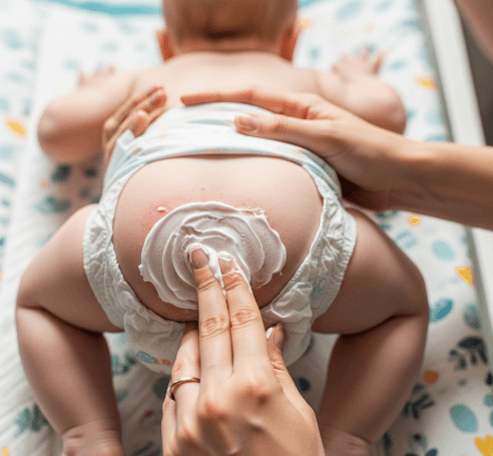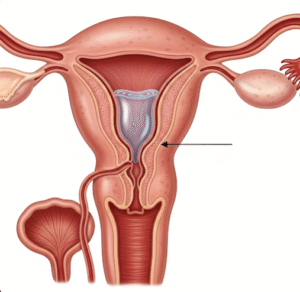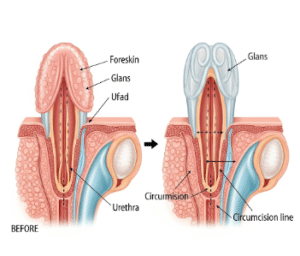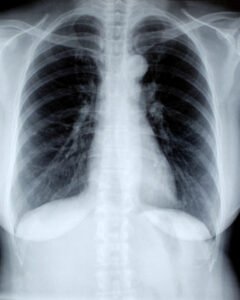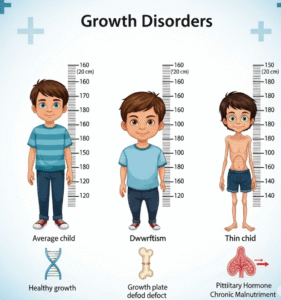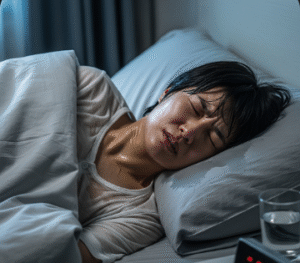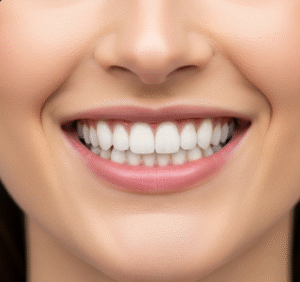What It Is
Defining Diaper Rash
→ Diaper rash, also called diaper dermatitis, is one of the most common skin problems in infants and toddlers.
→ It occurs when the delicate skin under a diaper becomes red, inflamed, and irritated due to prolonged exposure to moisture, friction, urine, feces, and sometimes infection.
→ While usually mild, diaper rash can cause significant discomfort for babies and stress for parents.
→ In Korea, pediatricians and dermatologists use a combination of gentle skincare, barrier protection, infection control, and parental education to manage diaper rash effectively.
Key Characteristics
- Red, irritated patches on the buttocks, thighs, or genital area
- Skin may appear shiny, swollen, or with small bumps
- Crying or fussiness during diaper changes due to pain or discomfort
- Severe cases may include open sores, pus, or secondary infection
Why It’s Done
Main Reasons for Treatment
➡ Relieve Baby’s Discomfort – Pain and irritation interfere with sleep and feeding.
➡ Prevent Secondary Infection – Untreated rashes may lead to fungal or bacterial infections.
➡ Parental Reassurance – Clear guidance reduces anxiety for caregivers.
➡ Promote Skin Healing – Prevents chronic irritation or scarring.
➡ Prevent Recurrence – Establishing proper diaper care habits protects against future rashes.
Alternatives
Non-Medical Options
- Frequent Diaper Changes → Keeping skin dry is the most important preventive step.
- Air Time → Allowing baby to go diaper-free for short periods daily.
- Gentle Cleansing → Using lukewarm water and fragrance-free wipes.
- Barrier Protection → Applying zinc oxide or petroleum jelly after each change.
Medical Alternatives
→ When simple measures are insufficient, Korean pediatricians may recommend:
- Topical Antifungals → For yeast-related rashes (Candida).
- Topical Antibiotics → For bacterial superinfection.
- Low-Potency Steroids → For severe inflammation (short-term only).
- Prescription Barrier Creams → Enhanced formulations for sensitive or recurrent rashes.
Preparation
Before Treatment in Korea
➡ Medical Evaluation – Doctors assess whether rash is simple irritant dermatitis or complicated by fungus/bacteria.
➡ History Review – Frequency of diaper changes, type of wipes, creams, and diet considered.
➡ Parental Counseling – Education on diaper hygiene and reassurance that most rashes are easily treated.
➡ Product Check – Parents may be asked about detergents, diapers, and baby skincare products used.
➡ Expectation Setting – Parents informed that healing may take a few days to a week with proper care.
How It’s Done
Standard Diaper Rash Treatment in Korea
1. Frequent Diaper Changes
- Diapers changed every 2–3 hours or immediately after soiling.
- Nighttime diapers may be changed once to prevent prolonged exposure.
2. Air Exposure
- Babies allowed short diaper-free periods to let skin breathe.
- Especially effective after baths or during playtime on absorbent mats.
3. Gentle Cleansing
- Use lukewarm water with cotton pads or mild, fragrance-free wipes.
- Avoid alcohol-based or perfumed wipes that may worsen irritation.
4. Barrier Creams
- Zinc oxide ointments (widely available in Korea) form a protective layer.
- Petroleum jelly also commonly used to reduce friction and seal out moisture.
- Creams applied thickly at every change.
5. Medical Treatments for Complicated Cases
- Antifungal creams (clotrimazole, miconazole) if Candida infection suspected.
- Antibiotic ointments (mupirocin) for bacterial infections such as staphylococcus.
- Low-potency corticosteroids (hydrocortisone 0.5–1%) for severe inflammation, prescribed short-term by Korean dermatologists.
6. Skincare Adjustments
- Parents guided to use hypoallergenic, fragrance-free baby lotions only after rash heals.
- Avoidance of powders (talc or cornstarch) due to risk of inhalation and skin irritation.
7. Parental Education and Prevention Programs
- Korean pediatric clinics emphasize parental training:
- Proper diapering techniques
- Recognition of infection signs
- Use of safe, dermatologist-tested Korean diaper brands
Recovery
Immediate Recovery
- Redness and irritation begin to improve within 24–48 hours once barrier creams and frequent changes are applied.
- Babies become less fussy and more comfortable during diaper changes.
Long-Term Recovery
→ With consistent care, diaper rash usually heals fully in 3–7 days.
→ Parents who adopt preventive habits (frequent changes, air time, barrier creams) notice fewer recurrences.
→ For babies prone to recurrent rashes, Korean clinics provide long-term skincare plans with product recommendations.
Complications
Risks Without Treatment
- Fungal Infection → Candida thrives in warm, moist diaper areas.
- Bacterial Infection → Staphylococcus or streptococcus may cause oozing, crusting, or pus.
- Severe Pain → Interferes with feeding, sleep, and bonding.
- Chronic Dermatitis → May lead to persistent skin sensitivity.
Risks With Treatment
- Steroid Overuse → Long-term use thins baby’s skin.
- Allergic Reactions → Rare sensitivity to creams or wipes.
- Incomplete Relief → If parents continue old diapering habits, rash may return.
Treatment Options in Korea
Why Korea Excels in Diaper Rash Treatment
➡ Integration of Pediatric and Dermatology Care – Babies treated by specialists with expertise in infant skin.
➡ High-Quality Diaper Products – Korean diaper brands prioritize breathability and hypoallergenic design.
➡ Barrier-Focused Approach – Heavy emphasis on zinc oxide and petroleum-based creams.
➡ Advanced Pediatric Counseling – Parents educated with practical, step-by-step guides.
➡ Access to Modern Medications – Quick escalation to antifungal or antibiotic creams when needed.
Patient Experience in Korea
- Outpatient visits provide rapid evaluation and treatment guidance.
- Clinics often give sample kits with ointments and creams.
- Parents leave with clear instructions on diaper routines, skincare, and prevention.
- Korean culture of early pediatric visits ensures rashes are treated quickly and rarely become severe.
Conclusion
Diaper rash treatment in Korea is a gentle, structured, and highly effective process designed to provide quick relief for babies and reassurance for parents.
With a focus on frequent diaper changes, barrier creams, gentle cleansing, and targeted medical therapy, Korean pediatricians and dermatologists ensure both rapid healing and long-term prevention.
Korea’s combination of medical expertise, advanced skincare products, and strong parental education makes it one of the best destinations for managing diaper dermatitis worldwide.
For families struggling with diaper rash, Korean clinics offer safe, reliable, and holistic solutions that protect babies’ delicate skin and bring peace of mind to caregivers.

